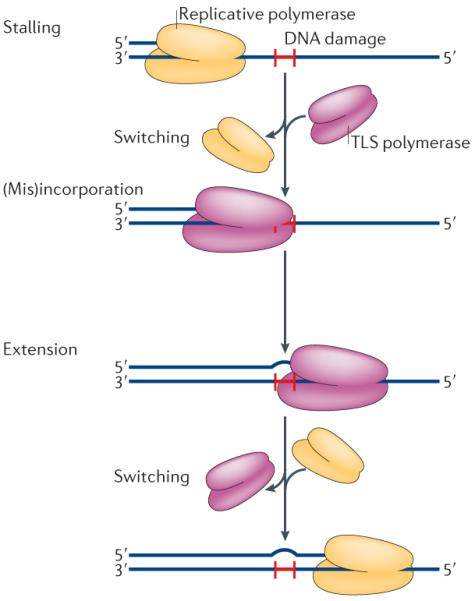Figure 1. The basic mechanism of translesion synthesis.

Translesion synthesis (TLS) is a multi-step process. The replicative DNA polymerase stalls at a site of DNA damage (red `H'), then a TLS polymerase (or polymerases) is recruited to the primer terminus and correct, or incorrect, bases are inserted opposite the lesion. The inserted base is subsequently extended to complete TLS131. All TLS polymerases are distributive and dissociate from the primer terminus after synthesizing a short tract of DNA. They are then quickly replaced by the cell's replicative polymerase, which completes genome duplication.
